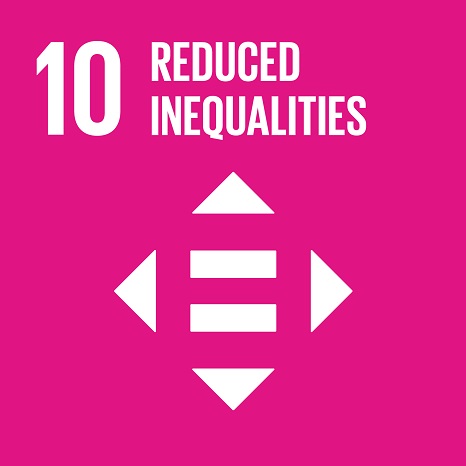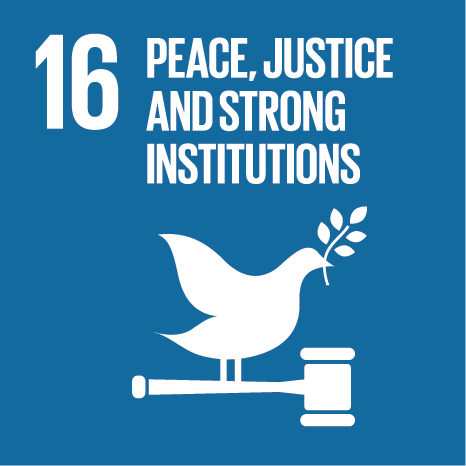Ciência_Iscte
Publications
Publication Detailed Description
Understanding corruption through the analysis of court case content: Research note
Journal Title
Qualitative Research Journal
Year (definitive publication)
2020
Language
English
Country
United Kingdom
More Information
Web of Science®
Scopus
Google Scholar
Abstract
Purpose: The two main objectives of this project were to advance knowledge about the way corruption and related offences are structured and operate in society and to draw inferences on the efficiency and efficacy of the judicial authorities in handling reported offences with the ultimate goal of improving and effecting control policies. Design/methodology/approach: In this research note the authors attempt to explore the relevance of judicial materials. The authors developed an analytical framework to extract information from court case decisions and analysed 838 court cases on corruption and related offences in Portuguese first instance courts for the period 2004–2008 to map the distribution of corruption and related offences, understand the anatomy of corruption as a criminal offence and learn from the judicial system's capacity to investigate, prosecute and trial reported occurrences. Findings: Most corruption cases took place in the major metropolitan areas, involved municipalities as passive agents and construction companies as active agents and had to do with urban sprawl and land management policies. Court data also allowed the authors to gauge the areas or sectors of activity more exposed to corruption risks. Generally speaking, these tend to be those areas or sectors characterized by high levels of informality and clientelism, high profitability ratios deriving from political decisions, unbalanced supply-demand of decisional goods and services, disorganised and fragmented regulation, low levels of transparency and insufficient or misguided supervision. Research limitations/implications: The framework for analysis is replicable in other contexts with minor adjustments. The major limitation is access to court decisions/narratives. This project was developed in partnership with the Portuguese Public Prosecutor's Office. This has facilitated access to those materials. For those wishing to use the database, the major limitation is that it covers only the period 2004–2008. Practical implications: The court narratives confirm that in cases where the complaint is complemented by documentary, audio, video and photographic evidences collected by special investigative means the subsequent production of proof in court is more effective. The data also suggests that cases reported from inside the organisation where the offence takes place are likelier to reach the trial phase, thus reinforcing the need for diversifying and strengthening reporting mechanisms and procedures and the guarantees to those who are willing to collaborate with the auditing and investigative authorities. Social implications: The authors contend that court cases of corruption and related offences yield important and useful policy-oriented information that should not be overlooked by decision-makers when upgrading their efforts to fight corruption. Originality/value: This research note introduces a novel dataset on corruption court cases in Portugal. The policy significance of this dataset is threefold: (1) it provides decision-makers a more detailed mapping of the volume and distribution of corruption and related offences across the country than that provided by standard judicial statistics; (2) it fosters knowledge on key sociological aspects of the corrupt fact, thus helping decision-makers to understand better the type of actors, objectives, contexts, resources and exchanges involved and (3) it helps to understand the dynamics of judicial proceedings and how certain procedural and institutional features impact on outcomes.
Acknowledgements
The authors would like to thank the Central Department of Criminal Investigation and Prosecution (CDCIP) of the Portuguese Attorney-General’s Office for enabling us to share the methodology and findings of this project with a wider audience. ...
Keywords
Corruption,Court cases,Dataset,Portugal
Fields of Science and Technology Classification
- Other Social Sciences - Social Sciences
Funding Records
| Funding Reference | Funding Entity |
|---|---|
| UIDB/03126/2020 | Fundação para a Ciência e a Tecnologia |
Contributions to the Sustainable Development Goals of the United Nations
With the objective to increase the research activity directed towards the achievement of the United Nations 2030 Sustainable Development Goals, the possibility of associating scientific publications with the Sustainable Development Goals is now available in Ciência_Iscte. These are the Sustainable Development Goals identified by the author(s) for this publication. For more detailed information on the Sustainable Development Goals, click here.

 Português
Português



